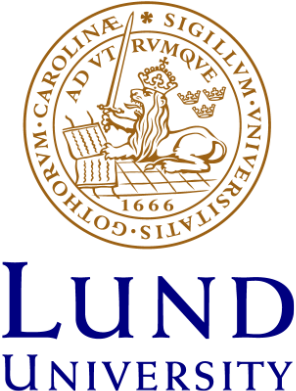Search results
Filter
Filetype
Your search for "*" yielded 533342 hits
Implementation of a Connected-cluster Labeling Algorithm Based on Contour Tracing
Vidareutveckling av självrensande tandläkarspegel
The time projection chamber for the ALICE experiment
DLAB - A downscaled distribution laboratory for education and research on intermittent earth faults
Multiple-input multiple-output (MIMO) antennas having polarization and angle diversity and related wireless communication devices
Antenna systems are provided including a chassi (115) and first and second radiating (110, 120) elements coupled to the chassi. The first radiating element is configured to amplify excitation of the chassi and the second radiating element is configured to reduce excitation of the chassi so as to reduce mutual coupling in the antenna system. Related co- located antennas and methods of controlling m
A randomized linear algorithm for clock synchronization in multi–agent systems
Patients’ experiences of being informed of the Diagnosis of Multiple Sclerosis.
The Serotonin Transporter and the Vesicular Monoamine Transporters During Development
Popular Abstract in Swedish POPULÄRVETENSKAPLIG SAMMANFATTNING (Popularized summary in Swedish) Monoaminer Monoaminer såsom serotonin, dopamin, noradrenalin, adrenalin och histamin är alla signalsubstanser syntetiserade från enkla aminosyror. Nervceller som innehåller monoaminer är anatomiskt lokaliserade till hjärnstammen och förlängda märgen. Härifrån försörjer de resten av storhjärnan samt ryIn the present study, the mRNA encoding the serotonin transporter (5-HTT) and two isoforms of the vesicular monoamine transporters (VMAT1 and VMAT2) have been mapped in the rat throughout gestation and early postnatal development using in situ hybridization, RT PCR and immunohistochemistry. 5-HTT mRNA was found in serotonergic neurons and VMAT2 mRNA in all monoaminergic neurons from early gestatio
Goodbye Welfare State: Anti-Collectivism in Swedish Cinema
Low speed brushless PMSM for in-wheel application - Damia-2 application status report 2013
Transcending boundaries? Child protection at the intersection of social work and law enforcement in Germany and Sweden
Kommentar till Tore Sigeman om Vaxholmsmålet
A tablet computer application for conceptual design
In the conceptual design phase, solutions are reached through an iterative, high-paced and often chaotic manner. Conventional advanced structural analysis software is often too advanced and insufficiently agile to follow this high-paced work pattern. Premature use of advanced structural analysis tools can negatively affect conceptual understanding and the quality of the conceptual design. The mult
I kris. Analytisk vetenskapsteori och humaniora går skilda vägar.
Sorption calorimetry: simultaneous measurements of concentration, activity and sorption enthalpy
Pågående forskning i Lund
En rabbins tankar om kristendomen och den judisk-kristna dialogen
Anisotropic flow in root s(NN) = 200 GeV Cu+Cu and Au+Au collisions at PHENIX.
Test-grounds of Modernity: A Swedish Landscape in Transformation during the early 20th century
The aim of this paper is to demonstrate some examples of how landscape changes in a rural setting in Sweden during the 19th and early 20th century could be understood as processes of modernity, and how the landscape could be understood as a medium for these changes. One purpose is to to come to a closer understanding of landscape changes during a period that is not so much studied within Swedish h
